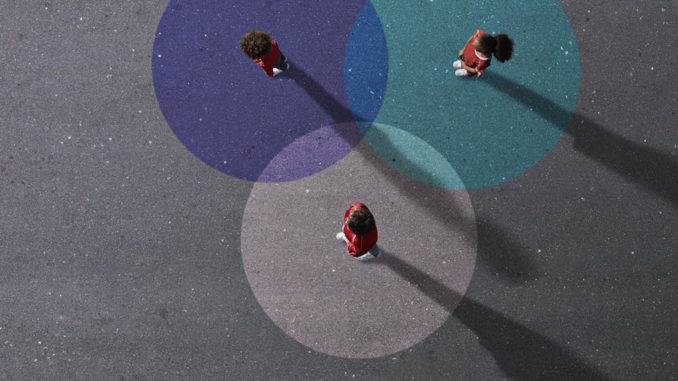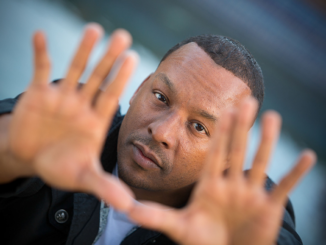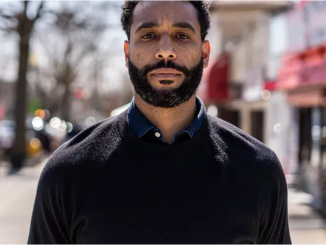
By Dr. Tamika S. Dawson-Knox
Social distancing is the practice of limiting participation in mass scale events such as concerts, sporting events, rallies and meetings to minimize the potential chain of infection and spread. Since these measure will have considerable impact on our community, any action to start social distancing measures would be coordinated with local agencies such as cities, police departments and schools as well as with state and federal partners. This is the reason it is so important to close Disneyland, Disneyworld, NBA games and March madness. This will help us decrease the spread of the disease. Be prepared for your favorite coffee shops and restaurants to go to a “to go” model. Grocery stores will continue to alter their hours to adjust to the demands of their community. It will be critical to understand what you may be asked or required to do during social distancing. It will be important to follow the public health policy in your community so stay informed and plan ahead.
Currently you want to avoid gatherings of 50 or more in most states. If you are 65 and older avoiding crowds of 10 or more is important as this population is the most at risk.
Self-quarantine by staying home and away from others when you are sick even if you do not have COVID-19. You need to cover coughs and sneezes with tissues and discard the tissue in the trash. Make sure you are washing your hands and taking all necessary precautions by wearing a mask when you are in public.
If you are healthy the recommendations is to wash your hands frequently and make sure you wash for at least 20 seconds by singing “staying alive or happy birthday”. Clean and disinfect frequently touched objects. Continue to stay away from people who have or have been exposed to COVID-19.
So you have been asked to socially distant yourself in your community… Now what??? Many jobs and schools have started to close to minimize exposure even in the largest school district in the country New York City. So the scariest part is how to handle and work with your children now that that everyone is home. First don’t panic they are your children and children in general are way more flexible than you would expect. The first days of being at home together tend to the hardest. Start off by having a meeting with them to discuss what you each want and expect from the break. Come up with a template on your days and be a little flexible. Put in the time to figure out what works (here is an example template)
Breakfast by 9am
9-11:30 project such as reading and doing a “book report”; science project; speech
11:30-12:30 lunch
12:30-2:30 alone time: coloring, educational tablet time, teens SAT prep: parents meeting times
2:30-3:30 Play time/parents workout time
3:30 done for the day.
Consider different ways to teach your child by having them teach you something they have learned. Use your surroundings to help you teach your child. Take a hike, read books together and then explore what you discovered in the book. Try to make this time special. Maybe record a movie about your family to share later when they are older. Remember you are not alone in this you have a whole neighborhood and friend network that are going through the same thing. Lean on them to have play time, work together to come up with lesson plans as a group.
If you are struggling with school lunch please check local options many schools and communities are providing free lunch during this time. Some school districts are having their bus drivers deliver free lunches to their students.
Here is a recap of COVID-19
What is COVID-19 is a new strain of virus that has long been associated with the common cold, respiratory and gastrointestinal (stomach bug) illnesses. This strain is unique secondary to the severity of symptoms that can result from infection with COVID-19 which can turn fatal especially in patients 60 and older and those patients that have co morbidities.
How is the COVID-19 virus spread? COVID-19 is spread by person-to-person contact. Transmission of the virus occurs via respiratory droplets produced when an infected person sneezes or coughs within approximately 6 feet of another person. Infection can also be spread if someone with COVID-19 touches a surface after touching their nose, mouth or eyes and someone who is not infected touches the same surface shortly thereafter. Some sources state COVID-19 can last on surfaces for approximately 2-3 days.
The symptoms of COVID-19 may include fever, runny nose, nasal congestion and cough. It is also possible to have gastrointestinal symptoms of nausea, vomiting or diarrhea. Symptoms may resemble the flu with fever and body aches. Severe infections may cause persistent fever, worsening cough, difficulty breathing, pneumonia and respiratory failure. Once infected with the virus symptoms can take up to 14days to appear.

There are no antibiotics for COVID-19. Antibiotics are only for bacterial infections and COVID-19 is a virus. We treat COVID-19 with supportive care measures such as rest, hydration, fever control, antitussives for cough, and antihistamines for runny nose and decongestants for congestion. There is currently research on possible vaccines for COVID-19 however vaccine development normally takes up to a 1 year for completion.





